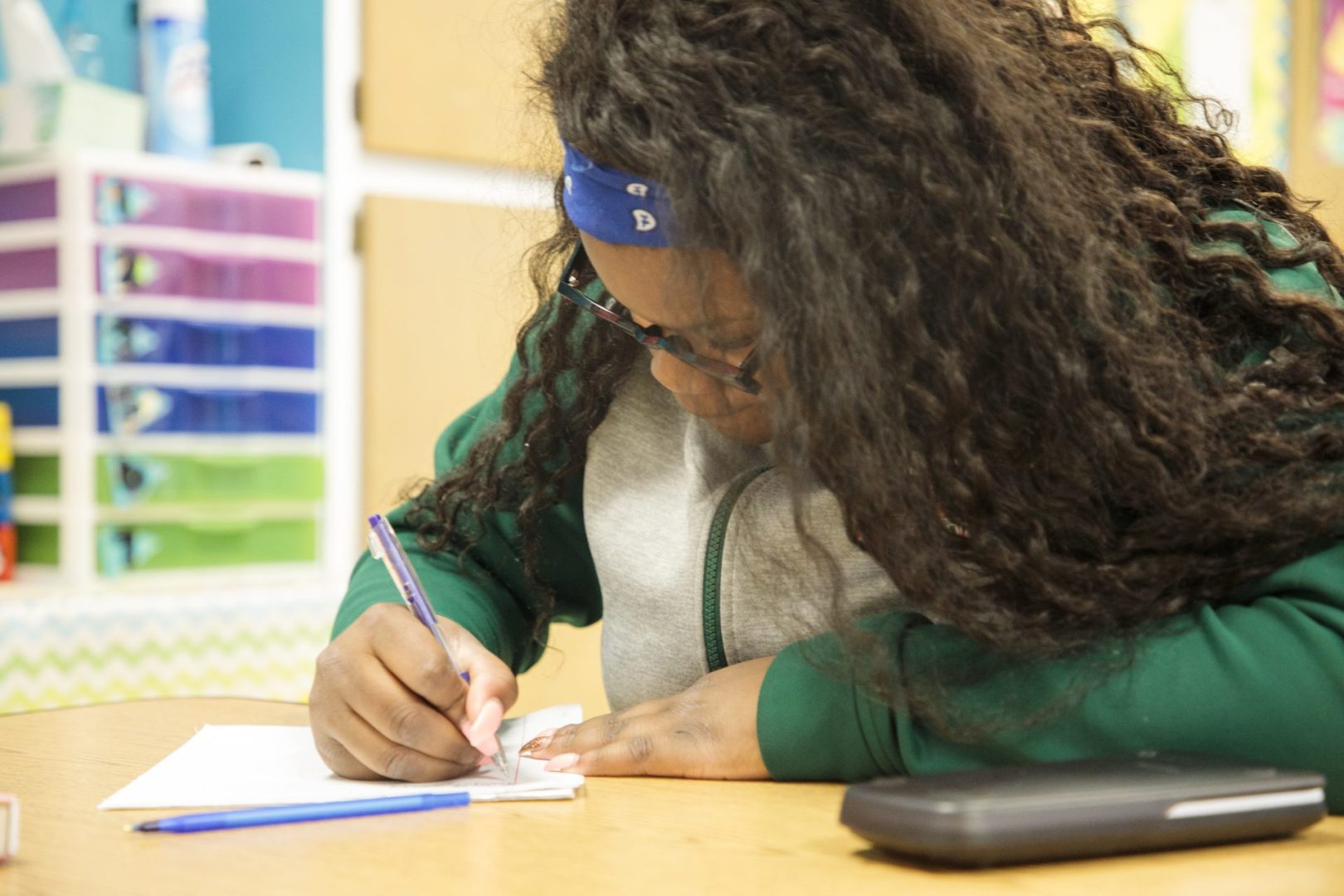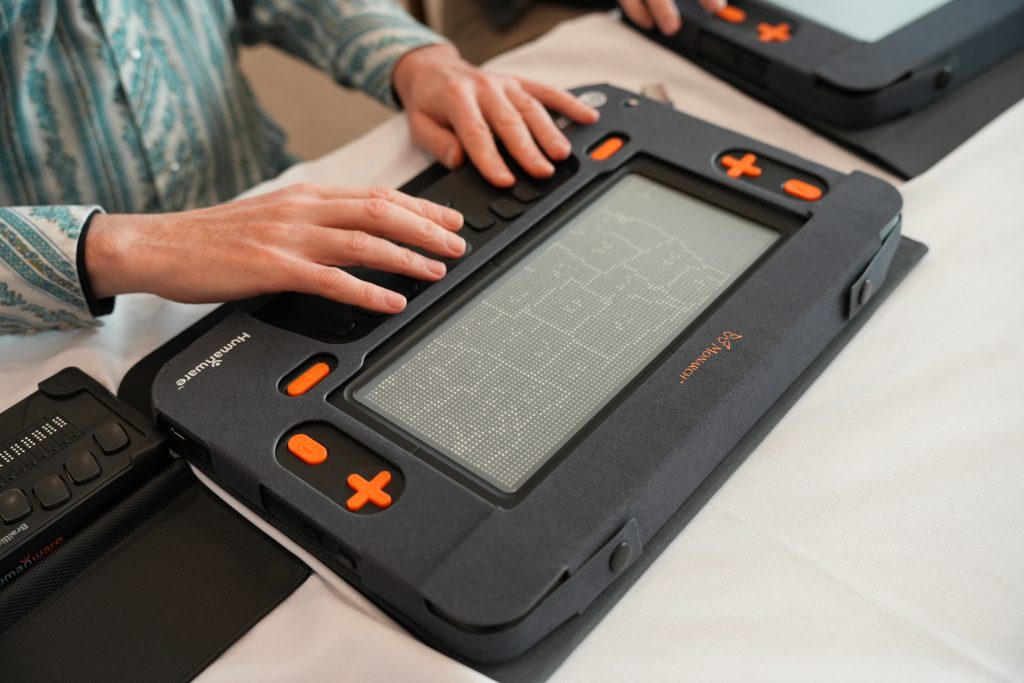It’s All About You!

Have you ever wondered how you can help your student advocate for themselves or effectively participate in their IEP or 504 meetings? This blog is meant to be shared with your student to help them better understand the purpose of IEP and 504 plans and the importance of self-advocacy alongside a few tips to get them started on their self-advocacy journey.
It’s All About You!
As a student with a visual impairment, you have probably heard the words “accommodations” and “self-advocacy” before. It could have been during one of your Individual Education Plan (IEP) meetings or from your Teacher of Students who are Visually Impaired (TVI), a parent, or someone else who works at your school. But do you know how those words relate to your IEP or 504 plan? And do you know what an IEP is?
IEP Plans
To develop an IEP, a student must have a documented disability that impacts their ability to access the curriculum in school. As a student with a visual impairment, you may have an IEP that was created with you as part of the team, your general education teacher(s), TVI, other educators who may provide instruction, your parents or guardians, and a school staff member who is an expert on IEP law.
During your IEP meetings, you will hear team members discuss your ability levels in different areas such as academics, communication, transition skills, or daily living skills. Depending on how well you are doing in these areas, your team will develop IEP goals that you will work on for up to one year. After a year or when a review request is made, a new IEP meeting will be held to discuss your progress on the goals that were created the previous year. For example, you may have a goal to use a piece of technology to access different assignments in your courses, or you may have an orientation and mobility (O&M) goal to learn the route from one part of campus to another.
The goals created in IEP meetings are personalized and custom to YOUR needs. Knowing what you need to successfully access school and your community is very important for starting your journey of self-advocacy, which is asking for what you need to accomplish a task or goal. It’s totally normal to feel uncomfortable asking adults for accommodations, which are the tools you need to access the learning environment. Being comfortable self-advocating for accommodations is an important skill to develop as you will need to use this when you transition from high school into the post-secondary world.
504 Plans
If you are a student with a 504 Americans with Disabilities Accommodation (ADA) plan, you can receive accommodations with documentation of your disability. The most common accommodations requested are extra time for testing and assignments, preferential seating, and access to assistive technology. As a student with a 504, you may not receive instruction from TVIs, O&M Specialists, or any other special education instructor because a 504 is solely an accommodations plan and does not work on goals like an IEP does.
Students with a 504 have the right to participate in a 504 plan meeting. That meeting will typically take place at your school with you the student, your parent or guardian, a school designee, and a subject area teacher. At your 504 meeting, you will be able to provide input on your accommodations. Therefore, it is important to know what you need to be successful.
Learning to Self-Advocate
So how do you learn what you need to be successful? How can you get better at advocating for yourself? Just like achieving any big goal, it starts with small steps.
You must practice regularly advocating for your needs. Start small. Perhaps you can be responsible for collecting all the materials you need brailled or placed into an alternative format and then hand those materials to your TVI. Take initiative and email your teachers about an accommodation you may need for an upcoming assignment. Start keeping a list of things that have worked for you in different classes, i.e., receiving the notes ahead of time in an electronic format. Once you figure out what you need, what works for you as a learner, and what absolutely does not, you will be ready to participate in your next meeting. Remember, it’s all about you!
Tips for Participating in Your Next IEP/504 Meeting
- Review the goals before the meeting with your instructor.
- Provide input on the goals.
- Be honest about what you need to work on.
- Have your list of strategies that work on hand.
- Be confident!
Written by Edwidge “Eddie” Ryan, TVI/COMS and Jeff Schwartz, Director of Regional Training and Outreach.
Share this article.
Related articles

An Interview with Mike May: Helping Others Find Their Way with Wayfinding Technology
“The better you get around, the better you engage in life.” A pioneer in the accessible technology space and a...

APH Teams Up with the National Corvette Museum to Broaden Accessibility’s Reach
Helen Keller once said, “Alone we can do so little; together we can do so much.” Those words rang true...

The Monarch Supports a New Era of Visual Learning
80% of learning is visual, and teachers often tailor their lessons accordingly. This often presents barriers for students who are...
